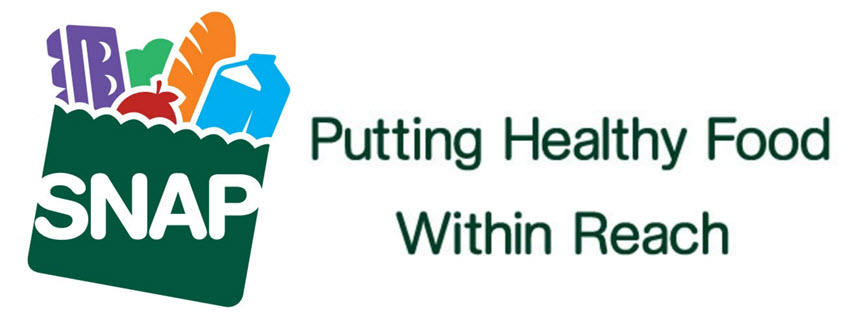Eligibility and Qualifications for Food Stamps
If you are in a low income family, disabled or elderly and meet certain requirements for eligibility you may be eligible for the Supplemental Nutrition Assistance Program (SNAP), previously referred to as food stamps. If you are wondering if you qualify, this article will outline the basic requirements, a full online pre-screening tool is available from the SNAP’s website.
A Household
The first definition that matters to qualify for SNAP is the definition of a household. Generally if you live together and prepare meals together you are considered a household. If you are a family with husband, wife and children but prepare meals separately; you are still considered one household. An elderly person prevented from preparing meals separately because of a disability but living with others, may be considered a separate household if the others in the home are above 165% over the poverty threshold.
Eligibility Tests
There are a number of eligibility tests that every applicant must pass in order to be accepted for the SNAP food program. Generally these eligibility tests are set federally and administered by the state department that handles the SNAP program, however certain tests may have state to state differences as outlined below.
Total Assets
This is often referred to as your total resources. Resources do not refer to monthly income, but to other assets such as cash, bank accounts and assets of value such as significant jewelry and vehicles. A household is allowed a maximum of $2,250 of countable resources or $3,250 if at least one person in the household is disabled or elderly (over 60 years old).
The following resources are not counted toward your total resources: value of your home and lot, Supplemental Security Income (SSI), Temporary Assistance for Needy Families (TANF), and most retirement or pension plans. However vehicle values are handled specifically at the state level with 39 states currently excluding the value of all vehicles, 11 states exclude the value of only the household’s primary vehicle and 3 states exempt an amount higher than the SNAP standard exemption, currently set at $4,650. If you meet the resource test you move on.
Income Test
A household must meet a gross and net income test as outlined below. If you receive above those amounts, you will not be eligible for SNAP. Unless all members in the household are receiving SSI, TANF or in certain locations general assistance, you may still receive SNAP. If your household includes an elderly person or a person receiving certain disability payments, you will only need to meet the net income test.
Gross income is the Household’s total income before deductions. Net income is your income after allowable deductions including a 20% deduction on earned income, a standard deduction according to household person size, dependent care deduction, medical expense deduction and excess shelter costs that are more than half of the income of the household after all other deductions. Medical deductions over $35 monthly for elderly or disabled household members may be deducted from the gross income.
| Household Size | Gross monthly income
(130 percent of poverty) |
Net monthly income
(100 percent of poverty) |
| 1 | $1,265 | $ 973 |
| 2 | 1,705 | 1,311 |
| 3 | 2,144 | 1,650 |
| 4 | 2,584 | 1,988 |
| 5 | 3,024 | 2,326 |
| 6 | 3,464 | 2,665 |
| 7 | 3,904 | 3,003 |
| 8 | 4,344 | 3,341 |
| Each additional member | +440 | +339 |
*According to SNAP’s current Income Test
ABAWDS
Able bodied adults without dependents from 18 to 50 years old are only eligible for SNAP 3 months out of 36 months unless they participate in a job search, workfare or employment training program.
Alaska & Hawaii
The above requirements include all 48 contiguous states and the District of Columbia. However, eligibility rules for Alaska and Hawaii differ from the rest of the US. Alaska allows higher benefits in rural areas and the purchase of certain hunting and fishing supplies for subsistence.
Hawaii requires only a gross income test that is set higher than the other 48 states, because of the high cost of food in Hawaii.
Other Food Services and Help
In addition to SNAP there are numerous other community based and non-profit organizations that can help out with food. This can include actual meals, hampers or free food coupons. Try reaching out to your local church or community action agency to get immediate assistance with food and other financial assistance if needed.
Review multiple food help options for families, seniors, children and more here.

